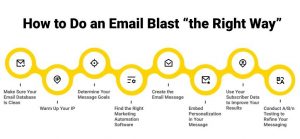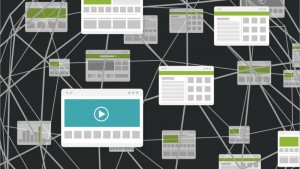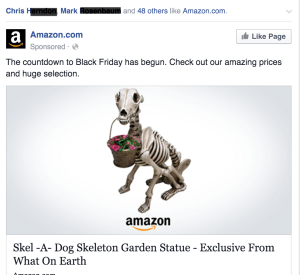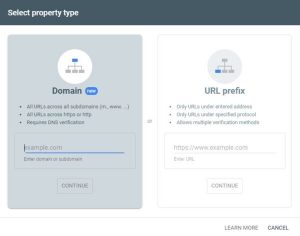Email marketing, despite being one of the oldest and most proven forms of online marketing, can sometimes be overlooked as a powerful means to spread the word about who you are and the type of brand you represent. Many companies hire the best marketing experts to capture the attention of the people and bring in more traffic for their website. But what if it you don’t have to spend millions in order to achieve this?
Email marketing is the answer. It is a quick, easy and most of all a free method of promoting your brand to a select audience and is an effective strategy to employ so you can reach out to your target market at the fraction of the cost of many other business strategies today.
The biggest challenge is that not everyone on your email list will want the same content or be attracted to the same offers. This only means using the same message and promoting the same content for all your recipients may not give you the best results because people are wired differently. It is for this very same reason why marketers have realized how important it is to customize your email list and segment your database according to different customer groups.
What is Email Segmentation? Simply put, it is the process of categorizing your email or subscriber list according to your customer age group, job title, location, background, status, etc. so as to better connect with them though more targeted and relevant content. It is an effective email marketing strategy to spread your brand message more effectively.
Here are five reasons why you should segment your email lists:
- Better connect with your audience.
Only a few know how important it is to look into your email list and tailor fit your message according to the people you want to connect with. When you segment your email list according to the age group and interests of your audience, it is easier to identify what type of content and offers would attract them best and lead to better engagement. Segmenting your email list is an easy and cost-effective way to give your audience the content they want and how often they want it which will most likely get you better responses.
- Target promotions and campaigns.
Segmenting your email lists gives you an easier way to offer targeted campaigns according to your customer groups. You can offer special promotions and discounts to your loyal customers for example which will help them feel more appreciated and get them to keep patronizing your brand or business. By segmenting your mailing list according to your subscriber groups, it becomes easier to create specific promotions or vouchers that will attract them according to how relevant it is to them. The key is in coming up with an offer that is sure to entice them based on what they find interesting.
- Identify active from inactive users.
Through email segmentation, brands and businesses can keep track of active or inactive users in terms of engagement. This makes it easier to reach out to those who may not have opened the emails and links you sent them and invite them back into the fold with special freebies and offers. You can keep your active users loyal by offering them loyalty vouchers and special passes to company-sponsored events. When using MailChimp, AWeber or iContact, you can segment your email by subscriber activity. It allows you to keep track of your email engagement by identifying subscriber activities such as the number of people who opened or clicked a link sent on an email, bounce rate and unsubscribing. It is a useful method to identify what email marketing strategies are working and which need to be improved to get better responses.
- Get better open and click rates.
By segmenting your email lists, you can send more relevant messages to your subscribers which will drastically improve your open and click rates. Sending out the same message to your audience may not give you the best results as people are often driven by different needs and preferences. Email segmentation answers that and allows you to reach out to your customer groups with a message that will better resonate with them.
Overall, segmented emails have been known to show better responses and achieves better results than untargeted emails.
- Improve Bounce rates and lower unsubscribe rates.
By segmenting your email list according to sign up date, you can improve your bounce rate by identifying email addresses that are no longer active which contribute to a higher bounce rate. It also helps you to identify passive email addresses and customers who wish to not engage and offer them a special follow-up campaign to get them to engage with your brand once more. Email segmentation has also shown to lower the number of customers unsubscribing the moment they receive content that is more appealing and significant to them which greatly improves a brands overall revenue.
Many brands have already realized how important it is to segment their email database and have made sufficient plans to better improve how they send out content to their subscribers. Email segmentation has been known to steadily improve their engagement rate, get better clicks for their emails and pave the way for the success of their email marketing campaign. No matter at what stage your brand is in its marketing efforts, it is critical to remember that your customers do not fit into one mold and do not respond to the same content being offered to everyone else. Tailoring content and communicating to them according to their age, location, job position or status is a better way to get you the response you want to get things going in your promotional campaign.
Digital & Social Articles on Business 2 Community(67)
Report Post






